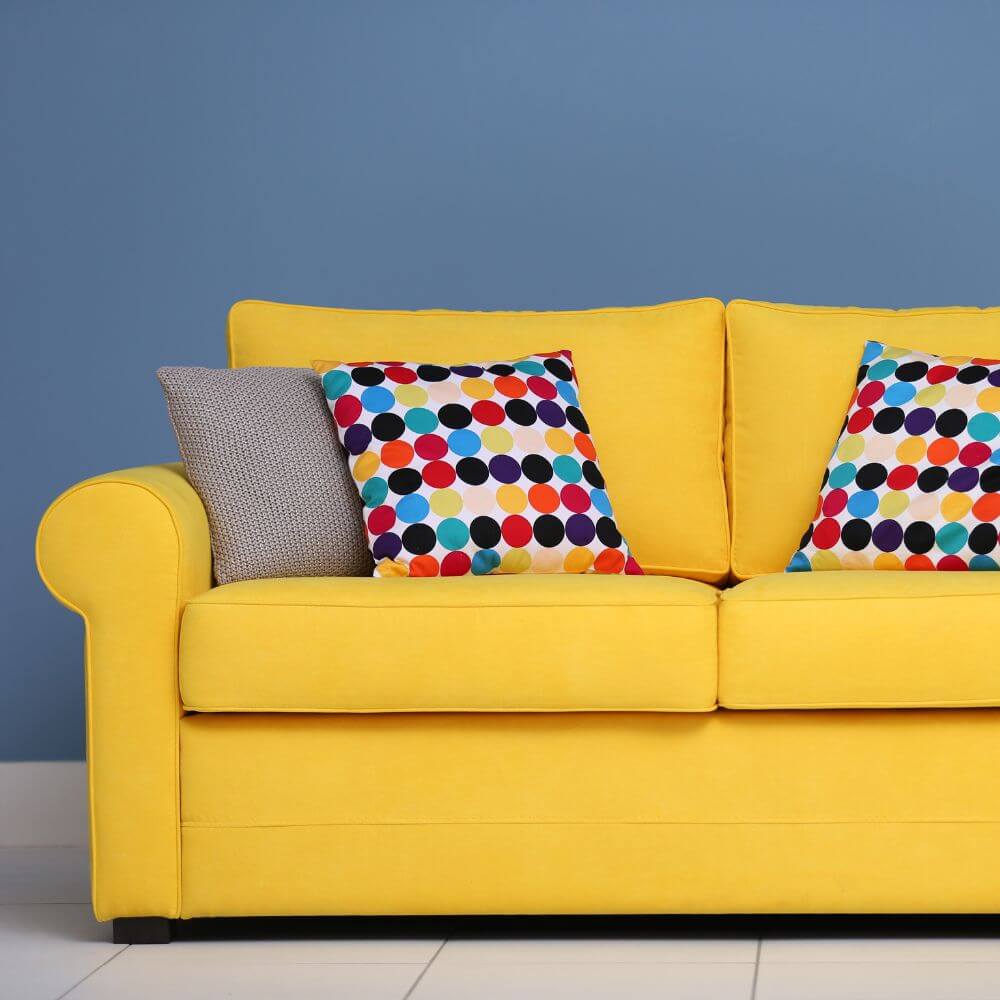
Piping is a great way to add a touch of design and class to any piece of furniture. It’s easy to do by anyone with a little bit of know-how. This guide will teach you how to upholster your furniture with piping, step by step.
Piping upholstery is a popular furniture choice because it is stylish and comfortable. The look of the piping is often the deciding factor when choosing upholstery, as it can add a touch of luxury to any room.
Upholstery with piping is also popular because it is relatively easy to care for it. All you need to do is dust it regularly and avoid heavy use of fabric softener or other chemicals, and the furniture will be in good condition.
Tools and Supplies
A well-made piece of furniture is a delight, but it can be challenging to upholster yourself. This DIY guide will walk you through the steps necessary to upholster a chair or couch with piping.
You’ll need various tools and supplies, including:
- Seam ripper
- Bobbin
- Thread spool
- Iron
- Piping bag
- Scissors
- Stuffing
Read the instructions thoroughly before beginning so you don’t get into trouble along the way.
How to Use the Piping Bag
When upholstering furniture with piping, there are a few essential tools and supplies that you will need to complete the project successfully. The most important tool is a piping bag, which can be purchased at most craft stores.
- This bag is used for piping the stuffing material through the fabric, creating the desired shape.
- In addition, you will need sharp scissors to cut the piping and a needle and thread to sew it in place.
- Finally, make sure you have plenty of stuffing material on hand to fill the cushions. Polyester fiberfill is popular, but you can also use feathers, cotton balls, or other stuffing material.
Preparing the Upholstery
One of the most critical steps in upholstering is preparing the upholstery for piping. This involves creating a small channel along the edge of the fabric where you insert the piping.
To prepare the upholstery for piping, you will need a sharp knife, a straight edge, and some heavy-duty tape.
- First, cut a small piece of fabric from your scrap pile at least 4″ wide and 12″ long.
- Iron this piece of fabric so that it is nice and flat.
- Next, use your knife to cut a small “V” shape out of the edge of the fabric. Make sure to cut slowly and carefully so you don’t damage the fabric.
Adding the Piping
Adding piping is a great way to add some extra detail to your upholstery project. You can use it to create a design element or add extra padding or support. Piping is made from a strip of fabric folded in half and then sewn into a channel. The raw edges of the material are then turned under and stitched in place.
To add piping to an upholstery project, you will need:
- Piping fabric
- Piping cord
- Upholstery needle
- Thimble
- Scissors
- Sewing machine
Adding piping to an upholstery project is a great way to add a touch of personality and style.
The following steps will show you how to add piping to a project:
1. Cut the piping to the desired length using a sharp pair of scissors.
2. Turn the fabric inside out and place the piping in the center of the fabric.
3. Pin the piping in place using straight pins.
4. Sew the piping in place using a sewing machine. Be sure to use a zigzag stitch for extra durability.
5. Turn the fabric right side out and enjoy your new upholstery project.
Finishing Up
- When you finish upholstering your piece, you will need to attach the piping:
- Measure and cut the piping to the desired length.
- Use a needle and thread to sew the piping to the edge of the fabric. Be sure to backstitch at both ends to ensure that it is secure.
- Use a zipper foot on your sewing machine to sew close to the piping, making sure not to catch it in the stitching.
- Attach the cord to the back of the piping. You will need to use a needle and thread to ensure that the knot is on the back side of the fabric.
- Once the cord is attached, you will need to fold over the fabric so that it covers the knot.
- Use a hot iron to press it, then topstitch close to the edge of the fold.
- Finally, use a zipper foot on your sewing machine to sew along the edge of the piping, ensuring it is securely attached and looks professional.
Contact DAPA Products at 1-800-229-3181 for help with choosing piping. We have a variety of piping and fenestration products to buy.



